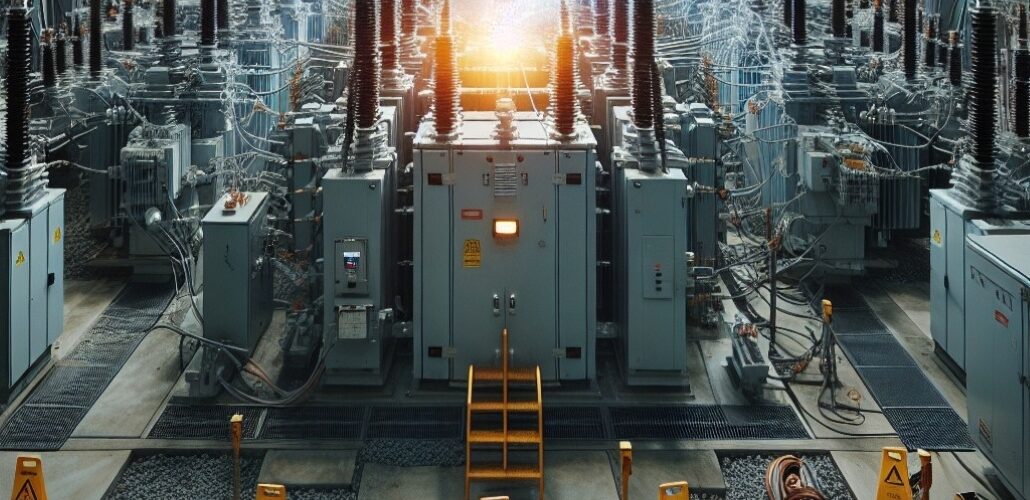Switchgear Failures and Arc Fault Protection
Switchgear failures can have serious consequences in electrical power systems.

Image for illustration purposes.
The most common types of switchgear failures involve cabinets (67.4%), handcarts (16.6%), earthing switches (9.9%), and motion mechanisms (3.1%). These failures can lead to dangerous arc faults.
Arc faults differ from bolted faults in that the short-circuit current flows through air rather than a conductive material. When an arc fault occurs, temperatures can exceed 5000°F, vaporising components and causing destructive explosions. Common causes include dropped tools, insulation breakdown, mechanical failures, and foreign object intrusion.
While switchgear is designed to withstand bolted faults, arc faults pose unique challenges. Low-voltage systems may have higher incident energy than medium-voltage systems, making voltage alone an insufficient safety indicator. To mitigate risks, several protective measures are employed:
1. Reduced Energy Let-Through (RELT): This feature allows circuit breakers to trip quickly (within 40 milliseconds) during low short-circuit currents, enhancing operator safety. RELT can be activated via secondary terminals or communication interfaces.
2. Fast Grounding Switches: For medium-voltage switchgear, devices like UFES (Ultra-Fast Earthing Switch) convert arc faults to bolted faults, reducing arc duration and energy.
3. Proper Design and Testing: Switchgear is designed and tested to withstand specific fault current levels, with margins built in for safety.
4. Personal Protective Equipment (PPE): When RELT is activated, operators can wear less cumbersome PPE, improving work efficiency.
5. Coordinated Safety Measures: RELT activation may affect system selectivity, so it must be used with a thorough understanding of the system.
6. Regular Maintenance and Inspection: This helps identify potential issues before they lead to failures.
Implementing these protective measures can significantly reduce the risk of injury and equipment damage from switchgear failures and arc faults. However, it’s crucial to maintain proper procedures, documentation, and training to ensure the effectiveness of these safety systems.
Source: Shaanxi Joyelectric
#arc fault#arc flash#bolted fault#circuit breaker#Electrical safety#fault current#fault protection#grounding switch#incident energy#insulation breakdown#low-voltage#maintenance#medium voltage#power systems#PPE#RELT#safety measures#short-circuit current#switchgear failure#UFES



